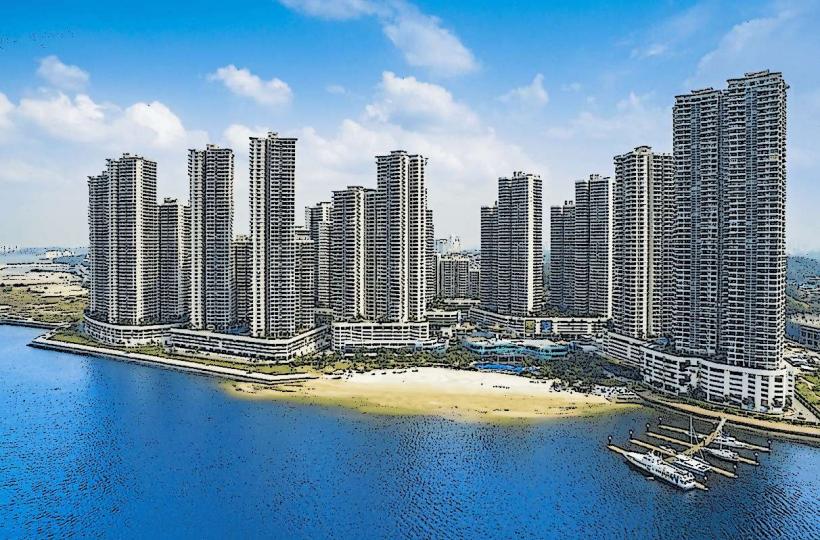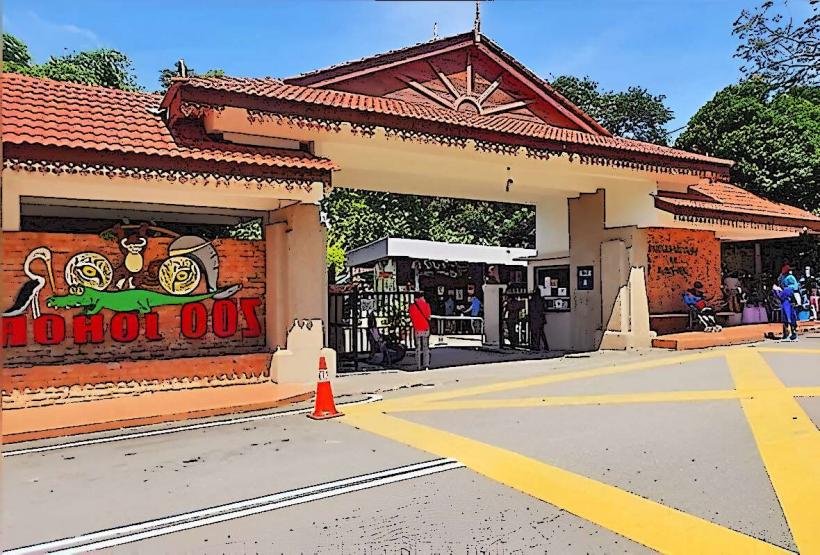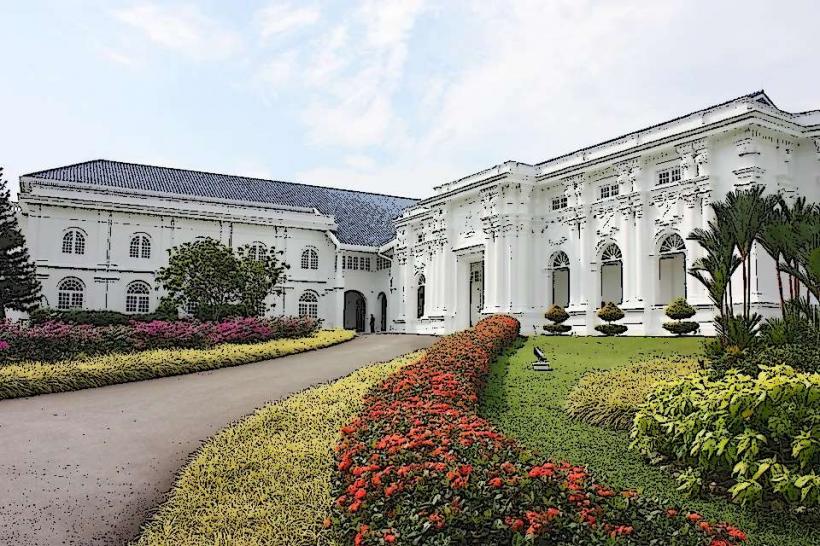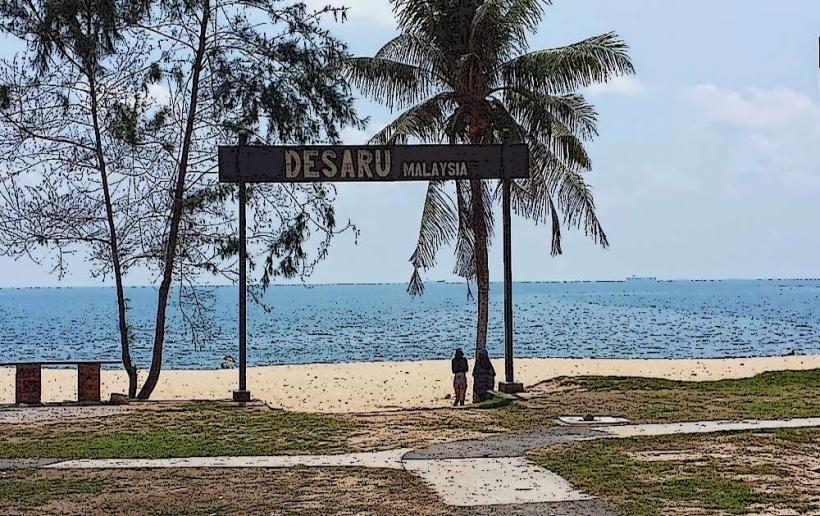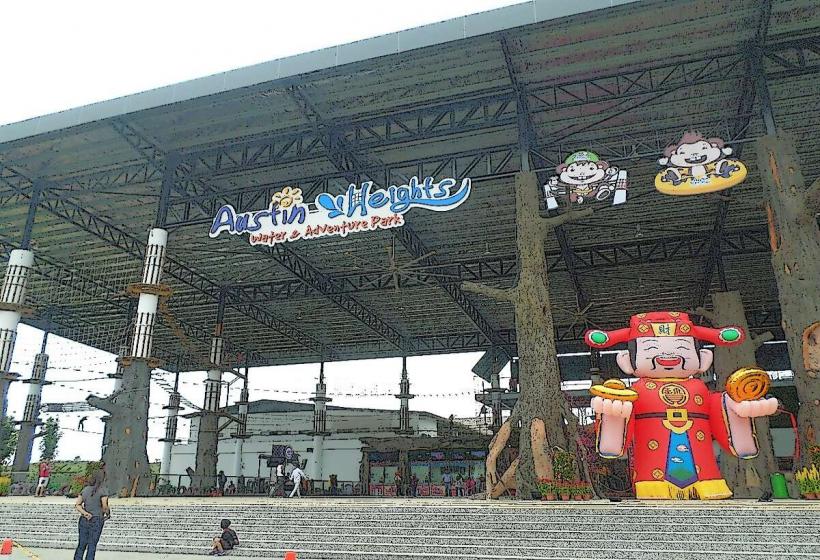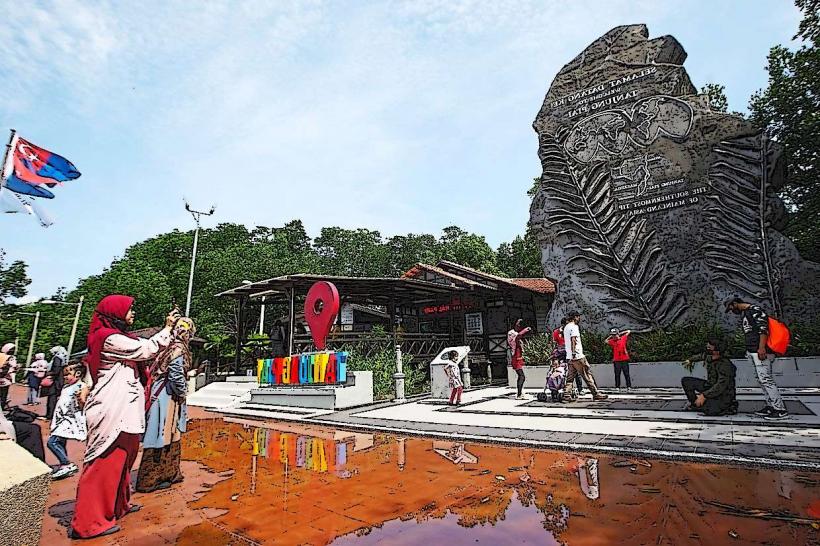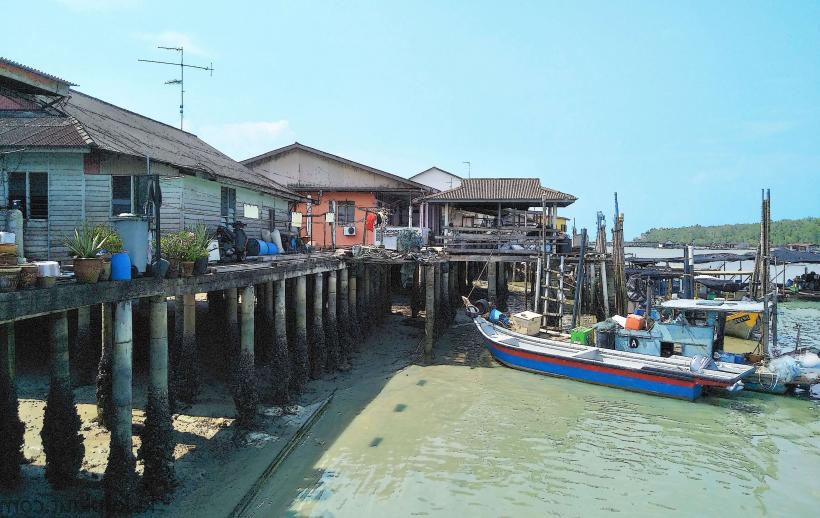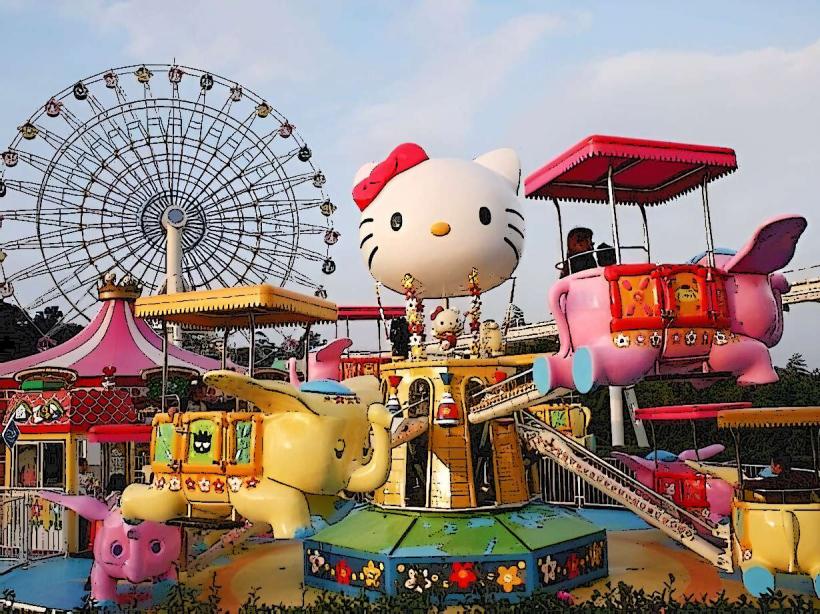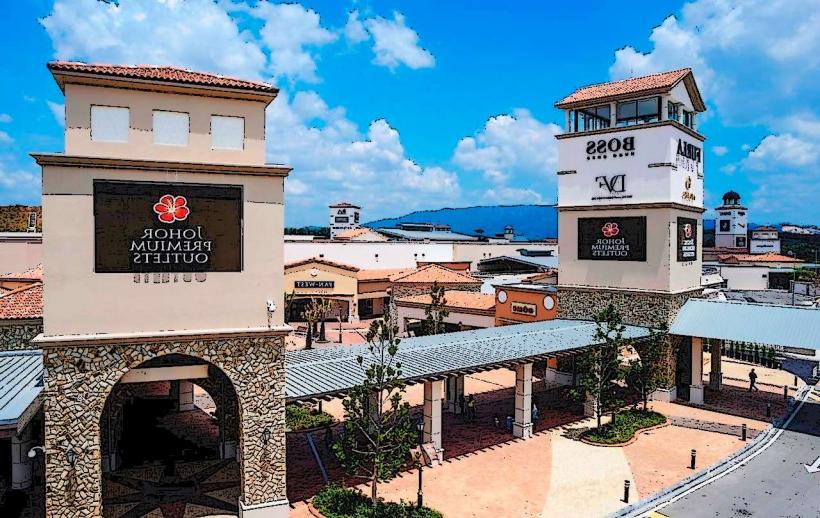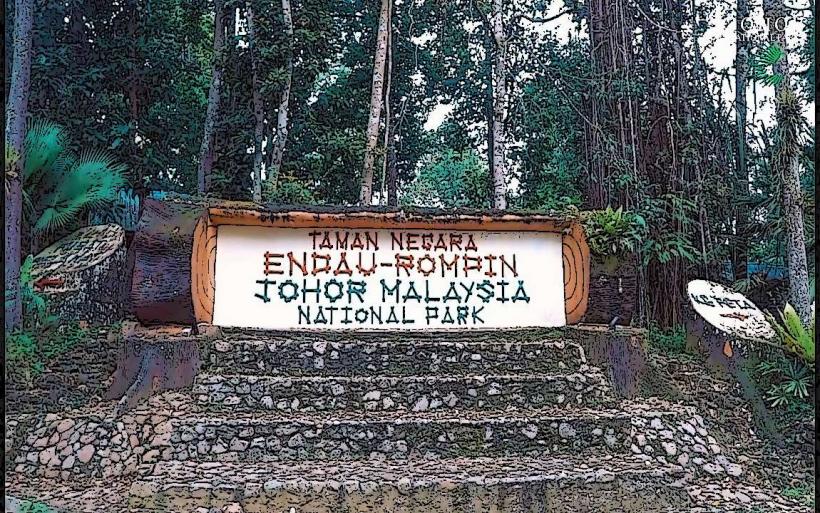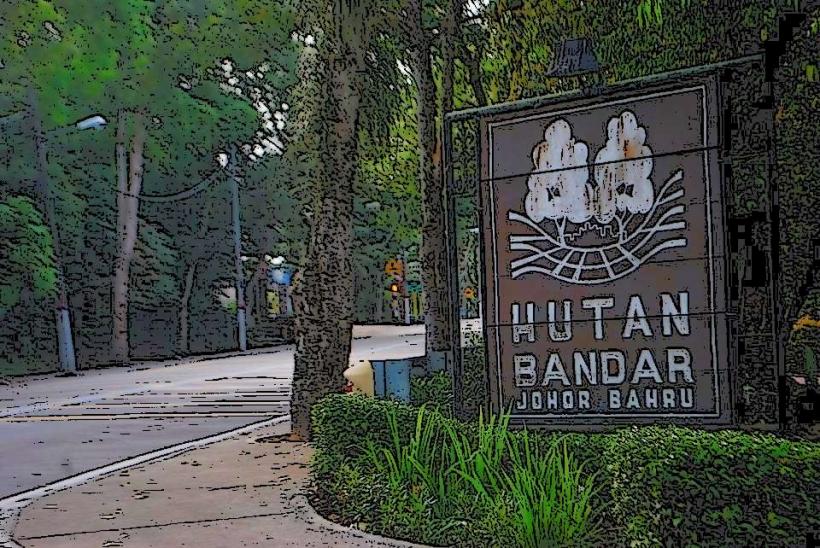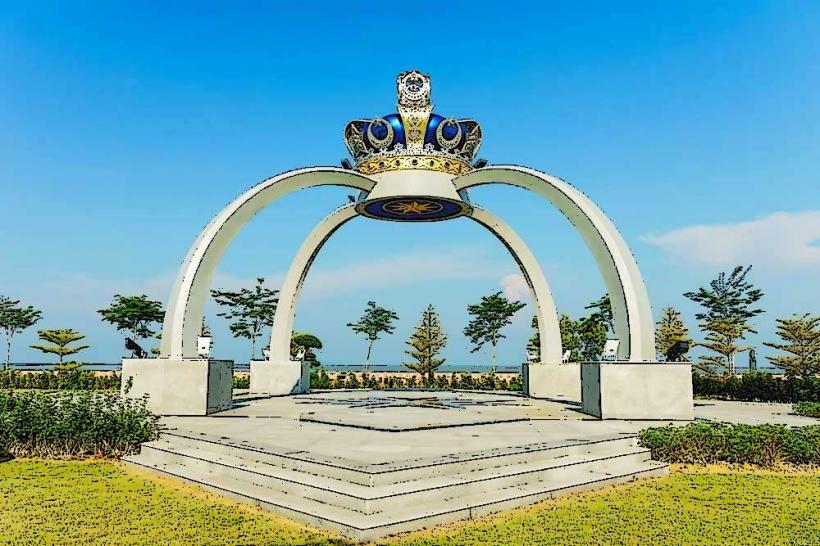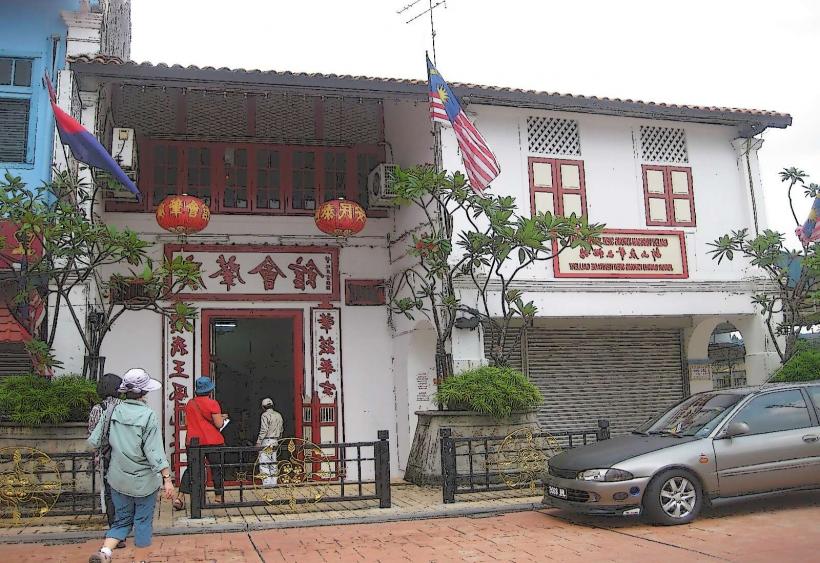Information
Landmark: Sultan Abu Bakar State MosqueCity: Johor Bahru
Country: Malaysia
Continent: Asia
The Sultan Abu Bakar State Mosque is one of the most iconic and historically significant landmarks in Johor Bahru, Malaysia. Located on a hill overlooking the Strait of Johor, the mosque combines Islamic architecture with Victorian influences, reflecting both the historical and cultural heritage of the region. It is named after Sultan Abu Bakar, the father of modern Johor, who is credited with many reforms in the state during his reign in the late 19th century.
Historical Significance
- The Sultan Abu Bakar State Mosque was built between 1892 and 1900 during the reign of Sultan Abu Bakar (1862–1895). The Sultan was instrumental in modernizing Johor and establishing it as a major state in Malaysia. His vision for progress extended to many aspects of Johor's development, including the construction of this mosque.
- The mosque was designed to serve as the royal mosque of Johor Bahru, and it remains an important site for prayer, cultural gatherings, and official ceremonies.
Architectural Features
The mosque is a stunning fusion of Islamic and Western architectural styles, a reflection of Sultan Abu Bakar’s desire to modernize Johor while maintaining its Islamic roots. Some of its most notable features include:
Victorian Influence: The mosque's architecture incorporates Victorian-style elements, such as arched windows, cast-iron columns, and ornate detailing.
Moorish Domes and Minarets: The mosque features Moorish-style domes and minarets, typical of Islamic architecture. The central dome is particularly grand, symbolizing the mosque's status as a royal and spiritual center.
Blend of Styles: The mosque showcases a blend of Islamic, Victorian, and Moorish elements, with arched windows, twin minarets, and an overall grand, imposing facade. The mosque’s design was meant to be a symbol of both religious significance and modernity.
Use of Local Materials: The mosque was constructed using locally sourced materials, including granite and limestone, which add to its grandeur and durability.
Intricate Interior Design: Inside the mosque, the décor includes intricate tile work, calligraphy, and elaborate wooden carvings, all contributing to its beauty. The prayer hall is spacious and grand, designed to accommodate large numbers of worshippers.
Notable Features
Hilltop Location: The mosque is situated on a hilltop, providing stunning views of the Strait of Johor and the surrounding area. This elevated position makes it a prominent landmark in Johor Bahru.
Minarets: The mosque has two tall minarets, which are striking features of its exterior. These minarets are a typical feature of Islamic architecture, used to call the faithful to prayer.
Large Prayer Hall: The mosque's main prayer hall is designed to accommodate large gatherings. The hall is decorated with intricate Islamic calligraphy and geometric patterns, offering a peaceful and spiritual atmosphere for worship.
Sultan Abu Bakar's Tomb: The mosque is also historically significant because it houses the tomb of Sultan Abu Bakar. This adds to the mosque's spiritual and cultural importance for the people of Johor.
Cultural and Religious Significance
Royal Mosque: As the royal mosque of Johor, the Sultan Abu Bakar State Mosque holds great significance for the royal family and the state. It is still used for official state prayers, religious gatherings, and special ceremonies.
Active Place of Worship: The mosque is an active place of worship, holding daily prayers and Islamic events. It is open to the public, and visitors can experience its spiritual atmosphere, especially during Ramadan and other Islamic holidays.
Historical Symbol: The mosque is a symbol of Sultan Abu Bakar’s efforts to blend the traditional values of Islam with modernity. The mosque is a testament to his vision for progress and unity in Johor and Malaysia.
Visitor Information
Location:
- Sultan Abu Bakar State Mosque is located in Johor Bahru, Malaysia, near the Johor Bahru city center. It sits on a hill overlooking the Strait of Johor, providing a scenic backdrop for the mosque.
Visiting Hours:
- The mosque is generally open for visitors during the following hours:
- Monday to Thursday: 9:00 AM to 12:30 PM and 2:30 PM to 4:30 PM
- Friday: Closed for Friday prayers (12:00 PM to 2:30 PM)
- Saturday and Sunday: 9:00 AM to 12:30 PM and 2:30 PM to 4:30 PM
- Prayer times may affect visitation, and it's best to check the exact timings before visiting, especially for tourists.
Entry Fees:
- The mosque is free to visit for the public, though modest dress is required. Visitors are expected to dress respectfully, with women required to wear headscarves (which can be provided at the mosque) and both men and women required to wear clothing that covers their arms and legs.
Guided Tours:
- Guided tours are available for those who wish to learn more about the mosque’s history and architecture. Tours are typically conducted by knowledgeable staff who can provide insights into the Islamic significance, the royal history of Johor, and the architectural design of the mosque.
Nearby Attractions
Sultan Abu Bakar Royal Palace: Located nearby, the Sultan Abu Bakar Royal Palace is the former residence of the Sultan and a significant historical site in Johor Bahru.
Johor Zoo: One of the oldest zoos in Malaysia, located not far from the mosque.
Danga Bay: A waterfront area in Johor Bahru with shopping, restaurants, and recreational activities.
Istana Bukit Serene: The official residence of the Sultan of Johor, located in the city.
The Sultan Abu Bakar State Mosque is an architectural masterpiece and a symbol of the rich cultural and religious heritage of Johor. Whether you are interested in history, architecture, or simply seeking a peaceful place of reflection, the mosque is a must-visit landmark in Johor Bahru.



